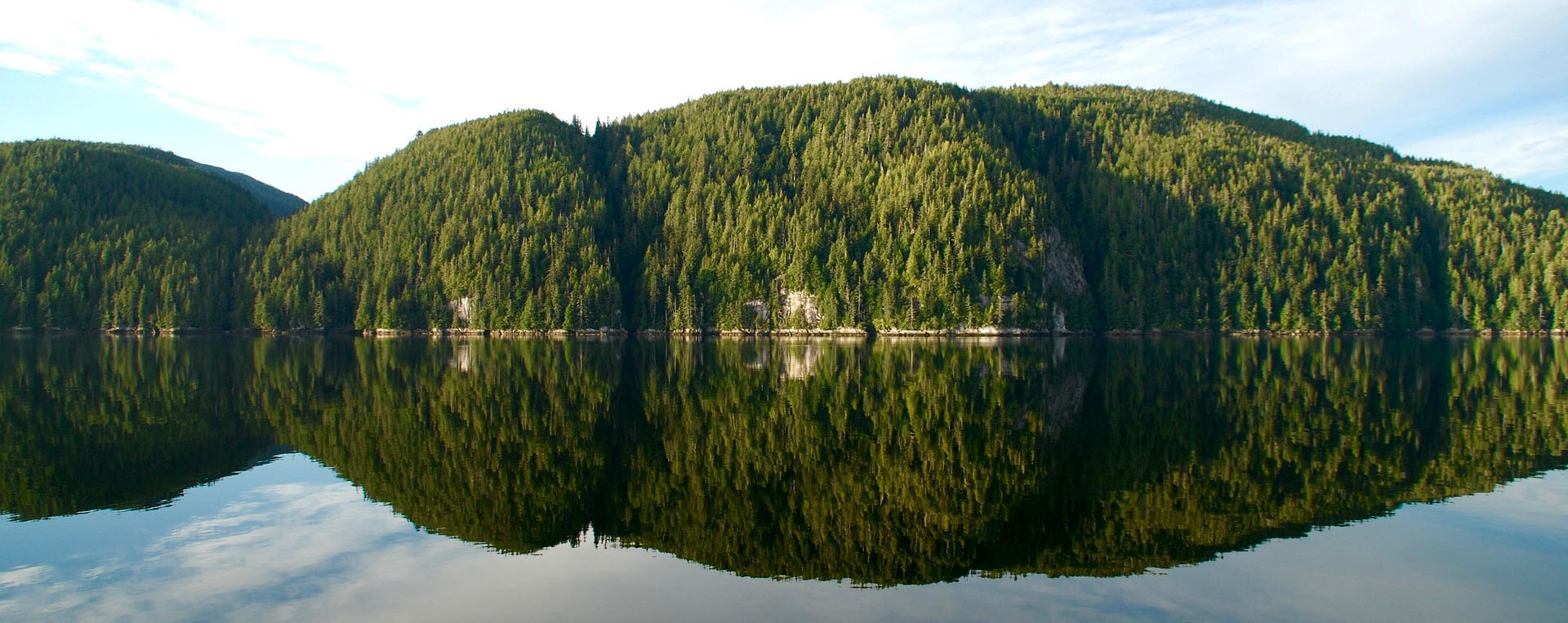July 18, 2024
Unceded territories of the Coast Salish Peoples/Vancouver, BC – The Canadian Parks and Wilderness Society, British Columbia is celebrating a $49 million federal investment to address climate change through nature conservation in BC. This funding is focused on thousands of hectares of carbon-rich ecosystems such as grasslands, wetlands, mature forests and overlapping with habitat for species at risk such as grizzly bears and Marbled Murrelets.
“We are thrilled to see this massive investment into the protection of nature in BC,” says Tori Ball, Conservation Director for the Land & Freshwater Program with CPAWS-BC. “This funding has the potential to make a massive impact by protecting ecologically and culturally important ecosystems that hold and sequester carbon while benefitting clean water, air and wildlife.”
The funds were announced on July 18 by Steven Guilbeault, Minister of Environment and Climate Change Canada and are part of the federal Nature Smart Climate Solutions Fund. The three successful BC recipients are:
- $37 million will go to the BC Parks Foundation to protect 4,000 hectares of private land
- $8 million will go to the Nature Trust of British Columbia to create 11 new protected areas
- $4 million will go to Nuxálk Nation to protect private land in the Great Bear Rainforest
The announcement follows a heat wave which saw 37 heat records broken in BC, with multiple places clocking highs over 40C. Natural climate solutions such as protecting areas from land use changes, namely development or resource extraction, are a proven and lower-cost way to capture or reduce greenhouse gas emissions. These actions must also be paired with the reduction of fossil fuel emissions to avoid the worst effects of climate change.
“We know that protecting carbon-rich and intact ecosystems such as grasslands and mature forests is a proven way to protect species at risk while increasing the resiliency to wildfires, floods and drought which is increasingly important in a warming world,” continued Ball. “We also know that these solutions are most effective when put in place with the leadership of First Nations knowledge and direction on land use within their territories.”
This comes just a few weeks after the release of a new survey which found overwhelming support for nature protection amongst British Columbians with 85% supporting the provincial commitment to protect 30% by 2030.
“It is clear that people across BC want to see the government use available resources and tools to protect and connect landscapes that nurture people, wildlife and the essential services that ecosystems provide. This must be done in partnership with First Nations who are already putting forward bold plans to protect their traditional territories,” said Ball.
For interviews contact:
Max Winkelman
Communications Manager
max@cpawsbc.org
604-685-7445 x3
Additional resources:
REPORT: Protected Areas as a Nature-Based Climate Solution
